10 things I'd like to see from Fujifilm in 2023
Fujifilm had an amazing year in 2022, but what might be in store for 2023?

Fujifilm is on fire right now and is rapidly climbing the rankings to become one of the hottest camera brands to watch – particularly if you take its Instax instant cameras into account. Fujifilm had a fantastic 2022, even outpacing Nikon in sales.
Blockbuster releases included the new flagship Fujifilm X-H2 and Fujifilm H-2S cameras. With breathtaking speed and autofocus, they've already earned their place in our list of best mirrorless cameras.
Fujifilm also released the follow-up to its hugely popular Fujifilm X-T4 camera, with the Fujifilm X-T5. This improves on the previous version in just about every way, with faster shooting speeds, better autofocus, and incredible video, all while somehow making the camera body even smaller.
However, I am greedy and cannot wait to see what else Fujifilm might have for us all in 2023. I am sure Fujifilm is not going to rest on its laurels and is going to continue the homerun it had in 2022 and push out a lot of updated models of its popular cameras, as well as hopefully a few surprises no one saw coming.
Below are some picks of what I would like to see, both in the realm of reality and fantasy. Although, Fujifilm, if you are reading this, then feel free to take some notes.
1. Fujifilm X-Pro 4
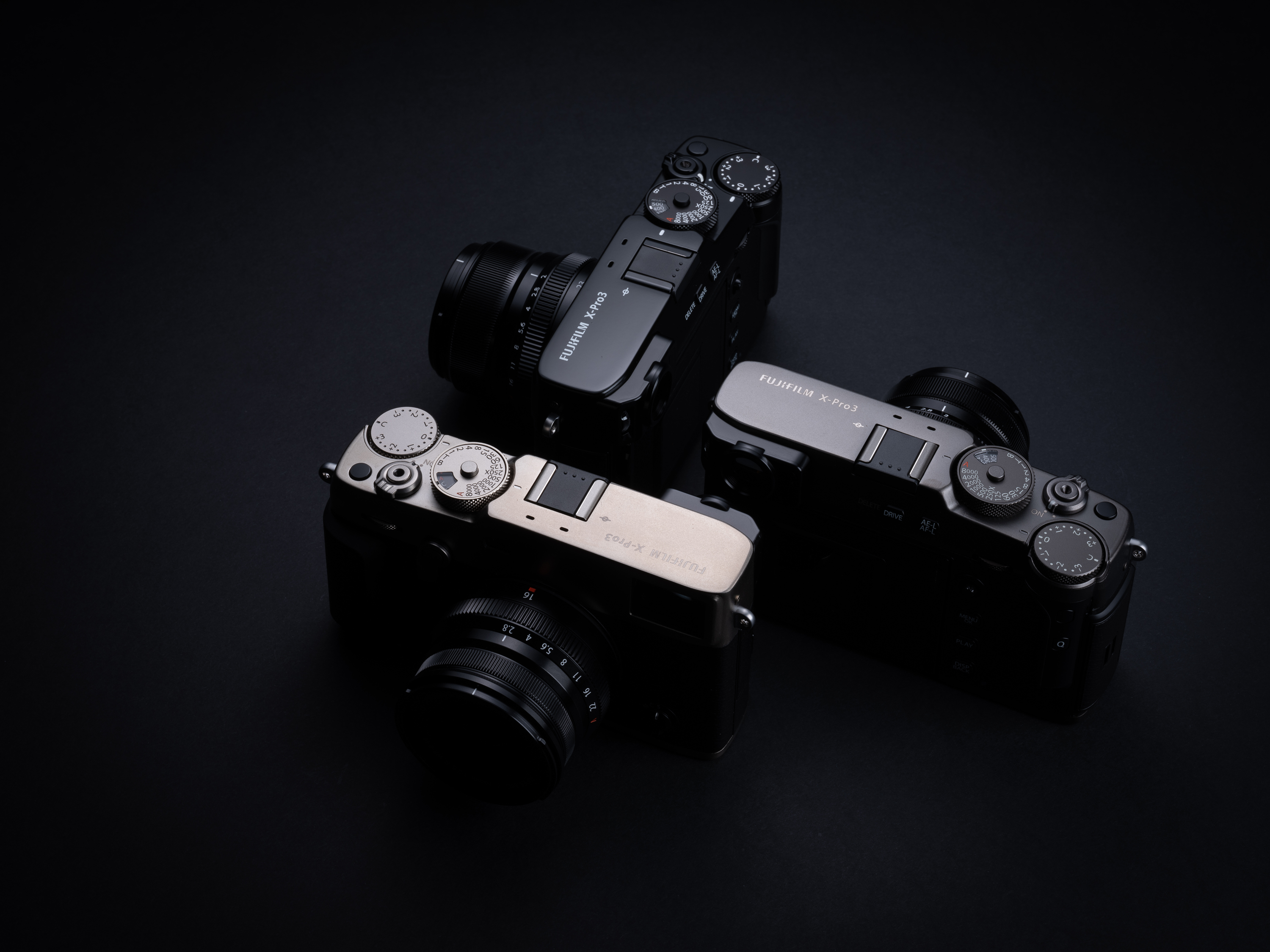
The Fujifilm X-Pro3 was a divisive camera, with a lot of controversy around its choice of screen (or lack thereof).
For the X-Pro3, Fujifilm decided to put a small e-ink screen on the rear of the camera that could only show limited camera information about what film simulation you were using. This was 'meant' to encourage you to think more about what you were shooting in the moment, like you would with a film camera. You can only view your photos by flipping the screen down by 90 degrees.
Get the Digital Camera World Newsletter
The best camera deals, reviews, product advice, and unmissable photography news, direct to your inbox!
Some people absolutely love this screen setup (our reviewer did). Fair play, it is a nice concept for a hobbyist device, but not having a full-time screen can be very frustrating if it's your main camera and you need to review your work frequently.
My hope would be that with a X-Pro 4, Fujifilm doesn’t cave to either side of the screen wars, and instead just adds a screen that can flip 180 degrees. Then both camps can use the screen setup they want. The X-Pro 3 has so many other things going for it, such as the unique rangefinder design, incredible build quality, and high-end features that it doesn’t need a screen gimmick to make it an appealing product.
Of course, I would also love to see the latest tech added to the X-Pro 4. Fujifilm has made huge strides with autofocus, in-body image stabilization, and processing that would be right at home in this high-end camera. The latest updates from Fujifilm have also managed to make their cameras smaller, so I would hope that some space savings can be found in the X-Pro 3, which was quite a hefty camera. This would make it even more at home shooting on the streets where it belongs.
Likelihood: 8/10
Check out our review of the Fujifilm X-Pro3
2. Fujifilm X100V II

Thanks to it being a favorite camera for TikTok, the Fujifilm X100V has been out of stock for months, with Fujifilm struggling to meet demand, and second-hand copies selling for well over their value on eBay. Fujifilm could do the sensible thing here and crank up production on the camera that is selling like hotcakes, but the X100V was getting a bit long in the tooth before it became inexplicably popular.
The charm of the X100V is its simplicity to use. With a 35mm equivalent fixed lens, it captured unique images with imperfect film-like quality, and its compact size is beloved by content creators, and street and travel photographers. Not to mention the fact that with its retro vibes and metal construction it is one of the prettiest modern cameras out there.
Fujifilm needs to ensure that all these elements that made the X100V a hit remain, but with some new features to bring it up to date. As a content creator's first choice of camera, it would be fantastic to see some of the amazing video features from the latest Fujifilm cameras make their way to an X100V II. Of course, updates to the autofocus are always very welcome. In-body stabilization wouldn’t go amiss either, especially if the camera took on more of a hybrid role, although at this size, squeezing that might be a bit of a fantasy.
And of course, being available to buy it would be nice.
Likelihood: 5/10
Check out our review of the Fujifilm X100V
3. Fujifilm GFX 50R II / GFX 100R
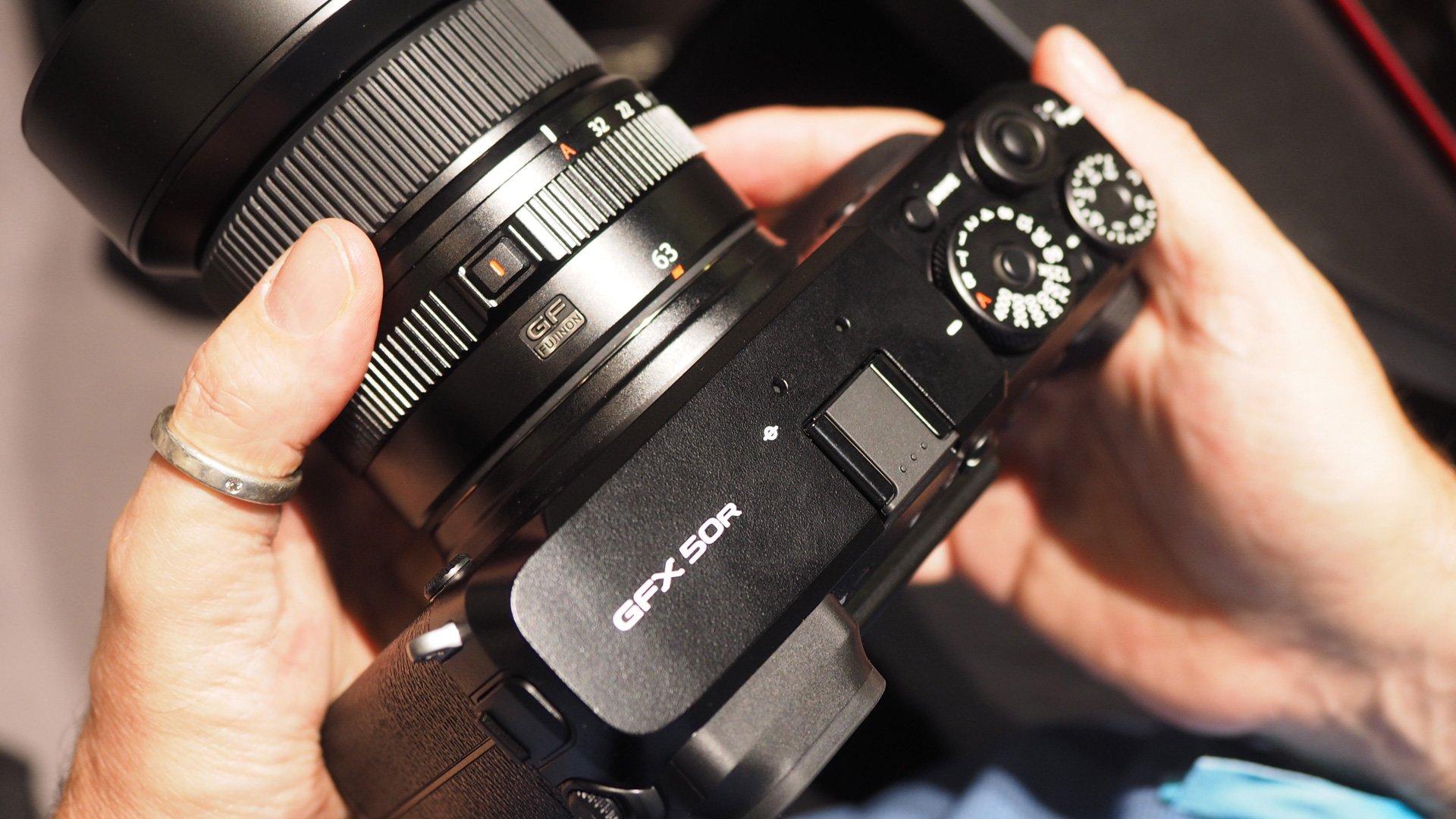
Much to my despair, Fujifilm discontinued the original GFX 50R in September 2021, one of the best medium format cameras. While this wasn’t really a huge surprise, the GFX 50S II and GFX 100S have surpassed it in technology with features such as IBIS and better autofocus, and also have a more generally popular SLR styling.
At the time, Fujifilm said they had no intention of making a sequel, but I am keeping the dream alive and hoping that they might have changed their minds in the last couple of years.
Fujifilm still makes hugely successful rangefinder-style cameras in their X-Mount range, with the X-Pro3, X100V, and X-E4, proving that the style is still enduring in popularity going into 2023.
While there might be technical limitations on a medium-format rangefinder design that have held back further development, or sales are just not meeting the required amounts for Fujifilm to viably make the camera, I do not know, but I believe there is still a place for a rangefinder design in the GFX mount, and I really hope this camera makes a comeback in any form in 2023. best medium format
Likelihood: 1/10
Check out our review of the Fujifilm GFX 50R
4. Fujifilm X-E5
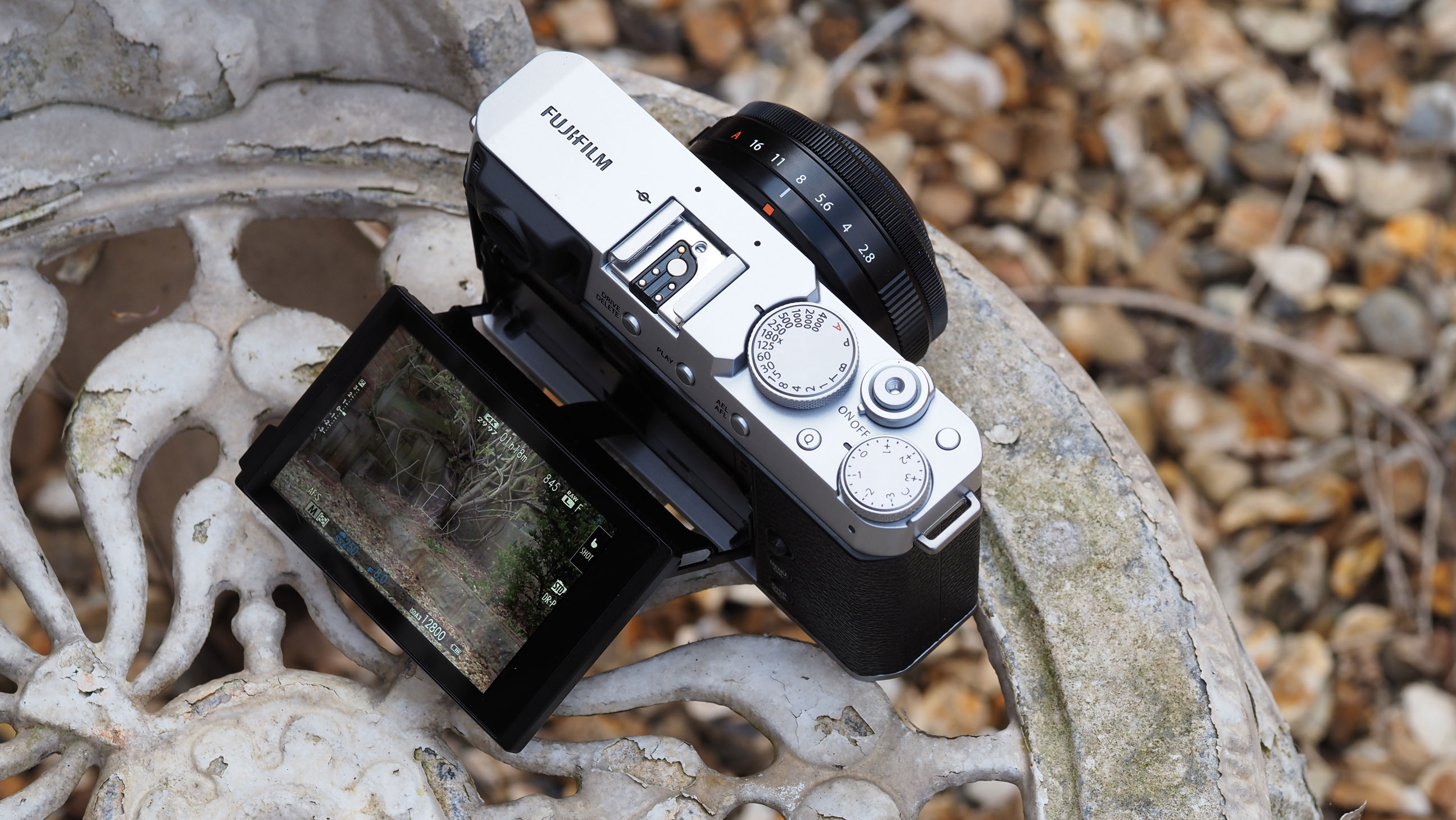
The Fujifilm X-E4 is a fantastic little content-creation camera, small enough to fit in a jacket pocket or day bag, especially with the pancake 27mm lens attached. The X-E4 is also beautiful, made in the same style as Fujifilm's other rangefinder cameras with an engraved aluminum top plate, manual dials, and solid build, we hope that Fujifilm would change nothing about the styling.
The X-E4 was only introduced in January 2021, and there was a four-year gap between the X-E3 to X-E4, so it can be argued it would be a little soon to see a new one. However, there are reports that it has been discontinued, with stores in Japan being told new stock won’t be coming. If this is due to an imminent release of the X-E5 or just a shortage of parts remains to be seen!
There are some areas of potential improvement for an X-E5. The autofocus on the X-E4 is very good, but since its release, it has been totally eclipsed by the incredible autofocus on the new H2S and X-T5. I would love to see this autofocus system trickle down into the X-E5.
As a content creation first camera, it would be great to see some improved streaming and webcam options, something to really challenge Sony’s latest ZV offerings. While this camera is probably much too compact for a decent IBIS system, miracles do happen sometimes.
Likelihood: 5/10
Check out our review of the Fujifilm X-E4
5. Fujifilm GFX 200S
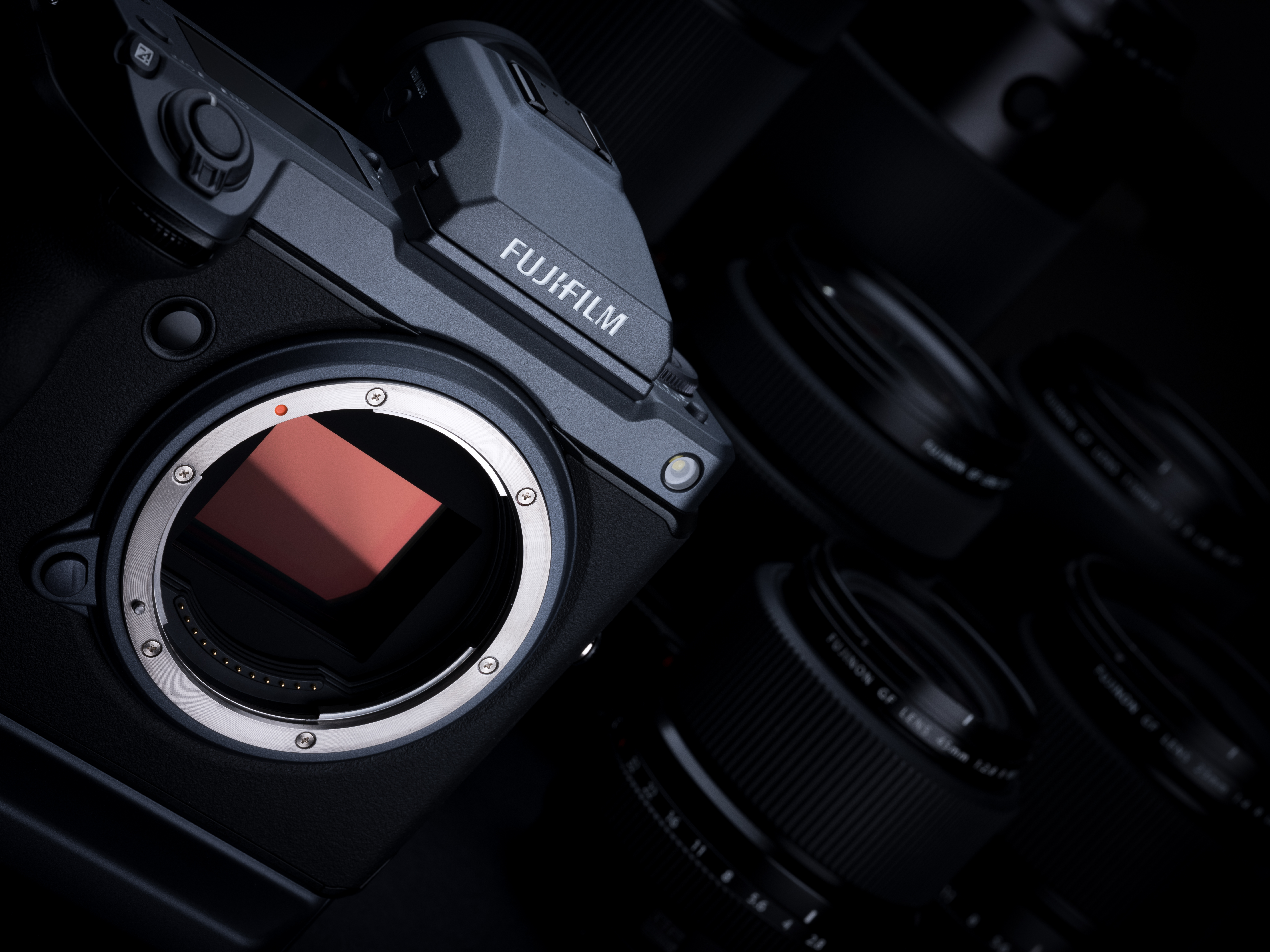
How many megapixels will ever be enough? I don’t know, but what I do know is that Fujifilm has successfully cranked up the megapixel count in their GFX range time after time. So where do you go after the GFX 100S? Why a GFX 200S of course!
Pixel shift sensor technology has somewhat removed the need for sensors to keep getting higher megapixel counts, as the GFX 100S already can output a 400-megapixel file which some (me) would argue is more than almost anyone needs. But also, there is a want for innovation to continually march onwards with bigger and better technology, and I am guilty as anyone.
So why not have a 200-megapixel GFX 200S, with 800-megapixel pixel shift images? Imagine the detail and beauty you can capture in every pixel, and imagine the computer needed to edit an 800-megapixel photo.
Likelihood: 3/10
Check out our review of the Fujifilm GFX 100S
6. Fujifilm X-T300
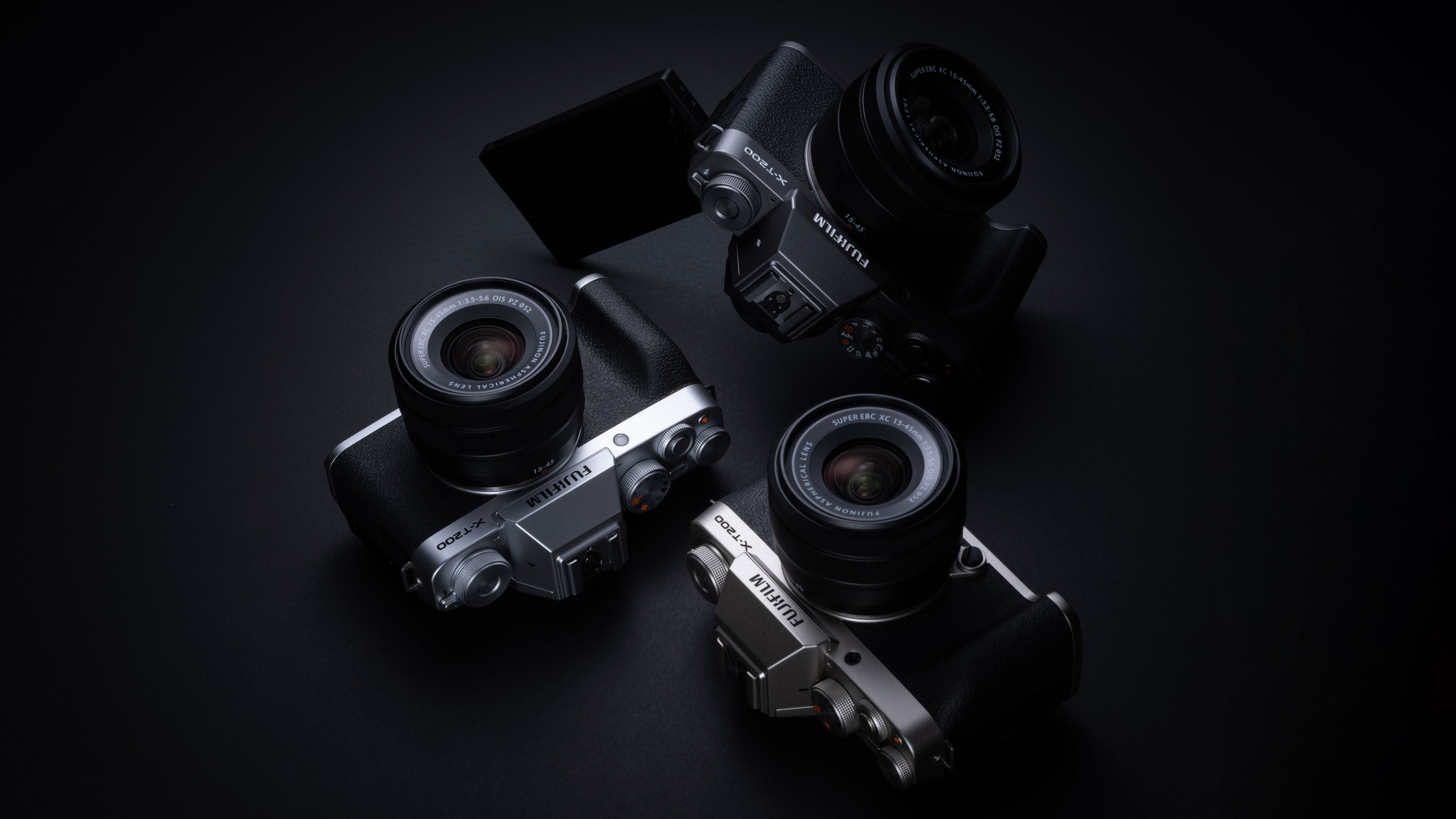
Fujifilm didn’t have much success with the X-T200, they introduced it in January 2020, but within a year, most stores had stopped even listing the camera. The X-T200 was a direct shot at the best-selling entry-level models from rivals, the most prolific in the category being the unstoppable Sony a6000.
The X-T200 was a fine camera, although it had no real killer selling points that made it better than similar rivals. I think Fujifilm hoped the classic retro design aesthetic might be enough for this camera to be a hit.
Fujifilm should not surrender this category though. As its other cameras have only got increasingly popular in the last year, a lot of people might now be looking for an entry-level way into Fujifilm’s system, a second camera for b-roll, or a camera for kids. As older technology trickles down from the X-T30 II and X-E4, and with newfound brand popularity, this might be a chance for Fujifilm to retool an X-T300 to reenter the entry-level market with a renewed gusto.
Likelihood: 4/10
Check out our review of the Fujifilm X-T200
7. Fujifilm X-T40
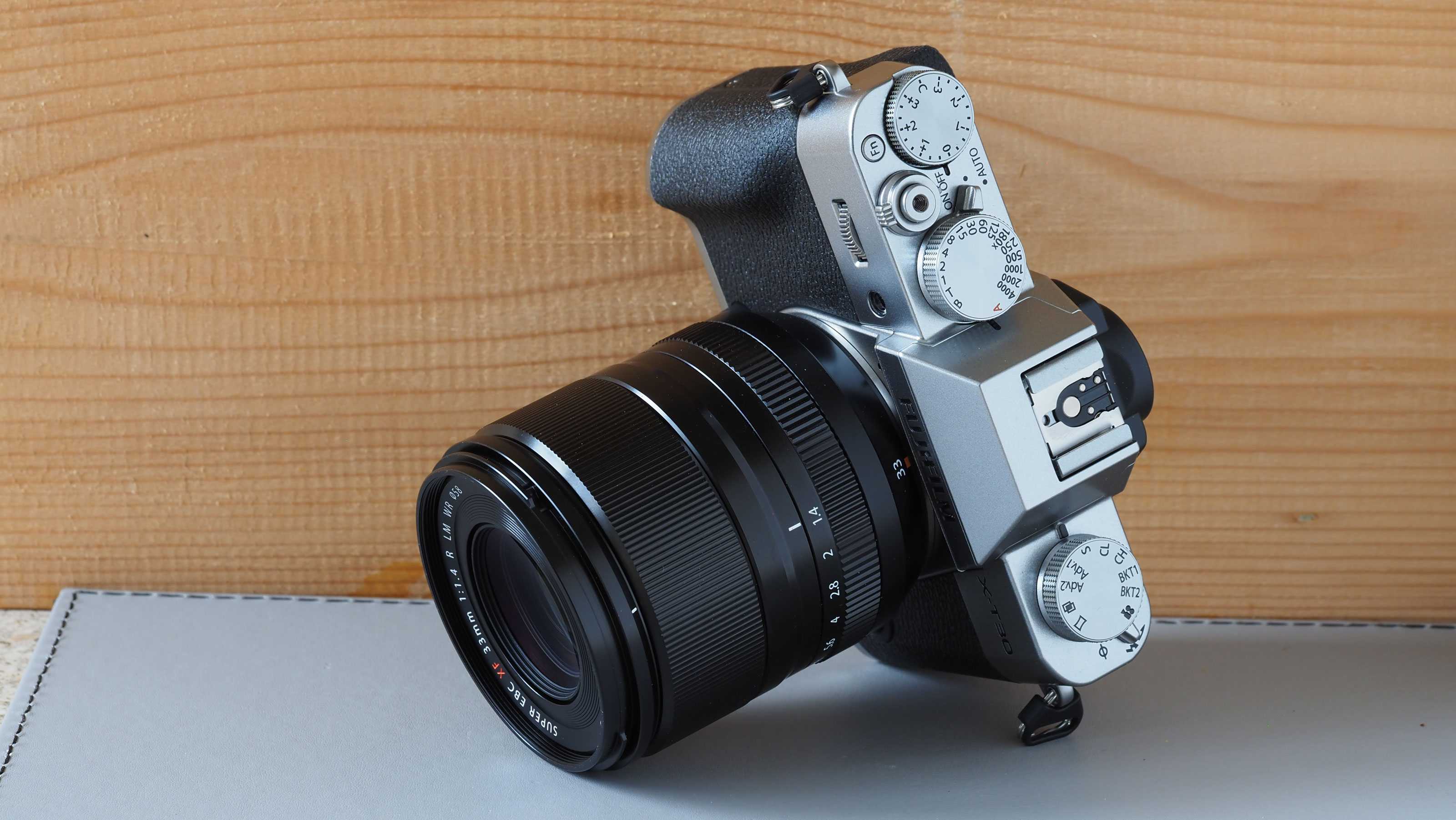
An X-T40 feels inevitable, as this is one of Fujifilm's most reliably updated product lines. The X-T30 was released in February 2019, and the X-T30 II in September 2021, so if history is any precedent, then we should see an X-T40 in 2023.
The X-T40 would occupy an interesting place for Fujifilm. An X-T40 may struggle to differentiate itself from the Fujifilm X-S10, which was released fairly recently, but would have a very similar set of features, and currently occupies the mid-range enthusiast category for Fujifilm. A problem currently faced by the X-T30 II and X-S10.
The X-T4 also has been discontinued, but most stores still are selling through old stock, depending on how long that stock lasts, and how deep retailers discount it, it could both cannibalize sales of the X-T40 and confuse buyers.
If it follows tradition, the X-T40 would be based on the previous flagship X-T4, with a lot of the features of that camera, as well as its compact and iconic design being carried over, but this would all come with a significantly lower price tag than the latest X-T5. The X-T30 range has a long legacy and a big fanbase, so this is definitely a product I can see Fujifilm being keen to renew.
Likelihood: 9/10
Check out our review of the Fujifilm X-T30 II
8. Fujifilm X-P140
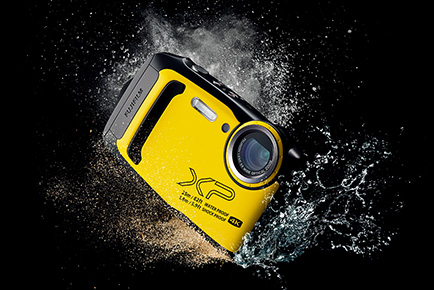
Compact cameras are pretty much dead and buried, however, there is one small holdout and that is the rugged indestructible adventure camera. Fujifilm still makes one product in this category, and that is the XP140, released in 2018, this camera has great features for a compact travel camera, however, there is no polite way of saying this, it looks like it does.
GoPro, DJI, and Sony have all got their takes on rugged action cameras, but these are all video focused, I’d go as far as saying they almost neglect still images altogether, so for those wanting to take amazing photos in challenging conditions, the XP140 is one of the few products that remain.
As a company that is usually so meticulously careful about its design, the XP140 feels like the unloved child, the design is practical but is not cool or stylish. I would love Fujifilm to take some cues from its X range of cameras, but also from GoPro or the Ricoh GR III, and design a rugged adventure camera you want to be seen adventuring with.
Likelihood: 2/10
Check out our guide to the best waterproof camera
9. Fujifilm GFX 50S III
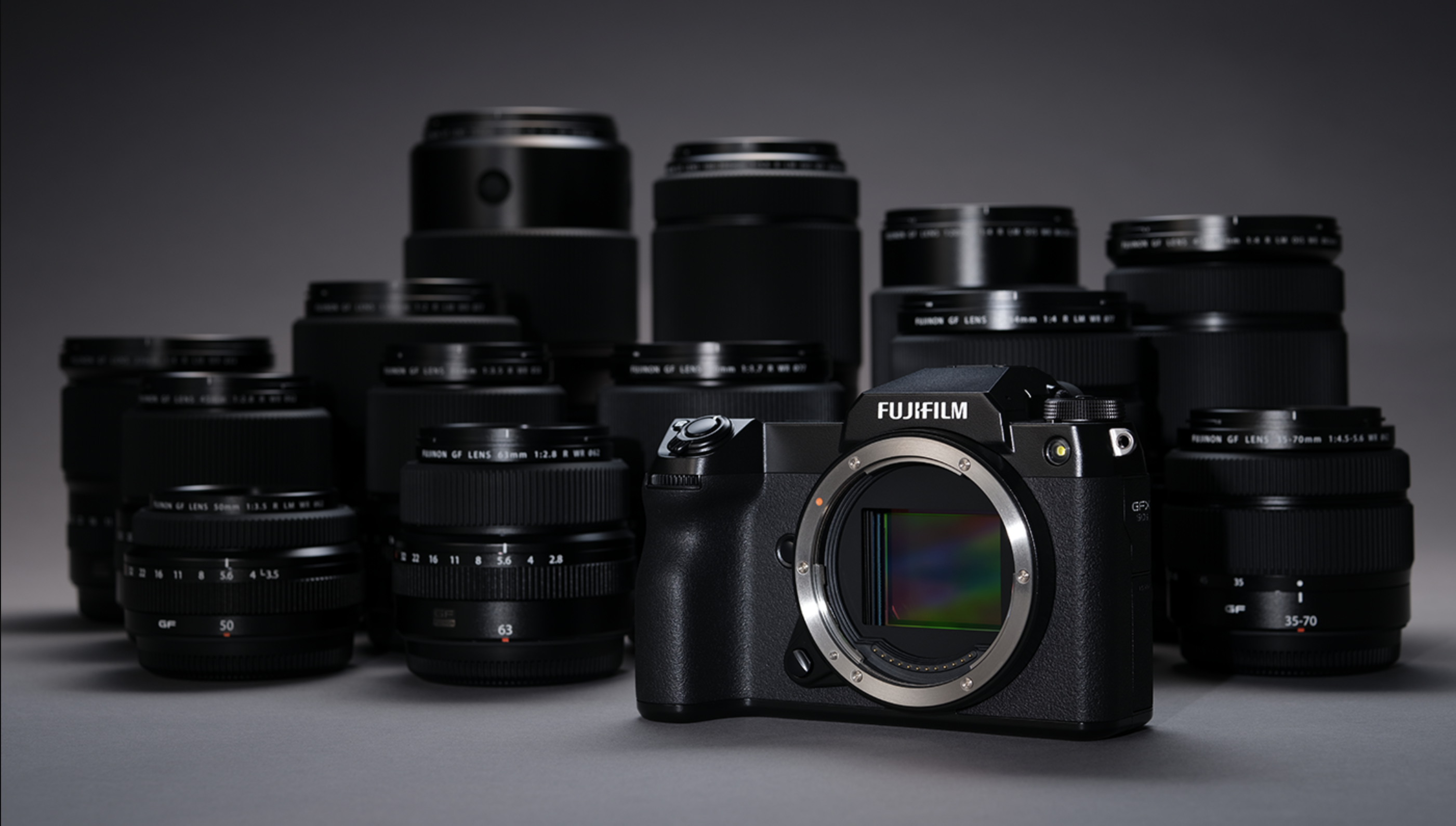
The GFX 50S II is a truly incredible medium-format digital camera and features highly on our list of best medium-format cameras.
Packed to the brim with all the latest innovations you would find in mirrorless cameras including IBIS, 4K video, and eye-detect autofocus, and all in a body that weighs 900g. But none of that was the most interesting thing about the camera, that would be the price! With a launch price of $3999/£3499, it undercut all its medium format rivals by a very large margin.
With a similar price point to a Canon R5 or Sony A7R V, the GFX 50S II is now a serious contender over buying the latest full-frame camera. The only disadvantage is it is still a big camera. If Fujifilm could cut a GFX 50S III down to the same size as the latest flagship full-frame cameras, and keep its incredible pricing, then it becomes a very difficult decision to make, and why wouldn’t you go with that medium format flexibility?
Likelihood: 6/10
Check out our review of the Fujifilm GFX 50S II.
10. Fujifilm Instax Pro
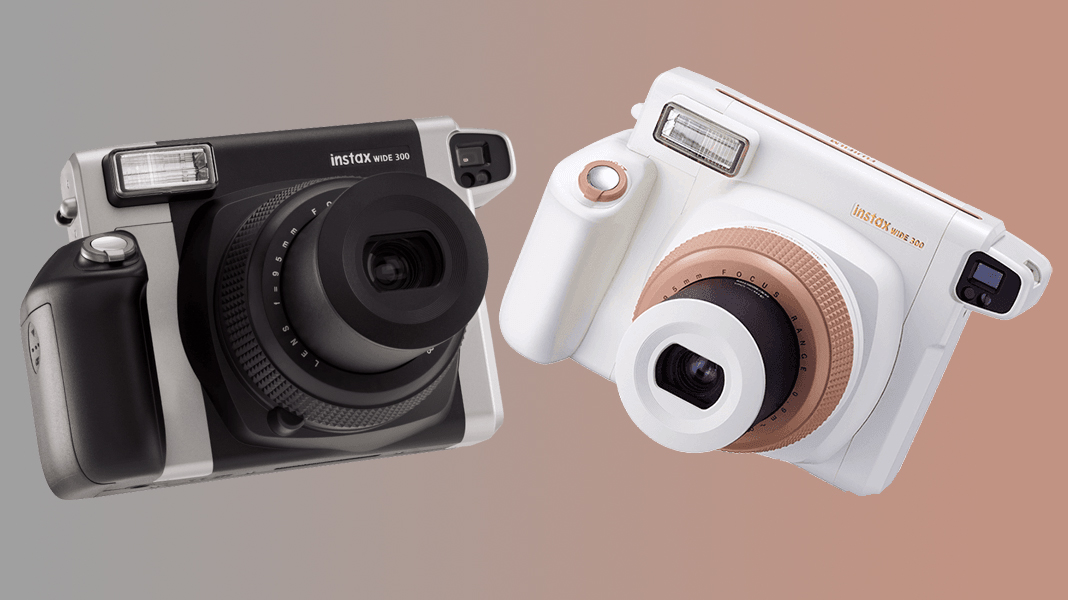
Let's chalk this one up to pure fantasy, but I would personally find it fascinating to see Fujifilm come through with a professional Instax camera. Instax instant cameras are fun and playful, and the design of the cameras shows this. But Instax has proven itself to go beyond the Urban Outfitters teen’s bedroom wall and is becoming a legitimate form of photography in its own right. The only thing holding it back is the quality of the images.
The revival of film photography is going strong, so why not have an Instax camera that pushes the quality to the max? Through a camera with a high-quality lens, larger more detailed film, and more manual creative control, you could have instant photo prints that are uniquely each photographer’s, and are made to be shown off.
With an Instax camera that wouldn’t look out of place in the hands of a professional in a corporate setting, or at a wedding, a brilliant new way of providing professional instant photos could revolutionize the way photographers work.
The technical limitations of Instax film may make this concept an impossibility, but it could be a very interesting prospect.
Likelihood: 0/10
Check out our guide to the best instant cameras.
Round up complete, let's all check back in 2024 to see just how wrong I was on all of these predictions!
Whatever happens, I am sure Fujifilm will continue its fantastic run of cameras and innovation from 2022, and if it throws out some big surprises then all the better!
You can find out more about the latest from Fujifilm with our best guides to the best Fujifilm camera, the best Fujifilm XF lenses, and the best FujiFilm GF lenses.

Gareth is a photographer based in London, working as a freelance photographer and videographer for the past several years, having the privilege to shoot for some household names. With work focusing on fashion, portrait and lifestyle content creation, he has developed a range of skills covering everything from editorial shoots to social media videos. Outside of work, he has a personal passion for travel and nature photography, with a devotion to sustainability and environmental causes.
